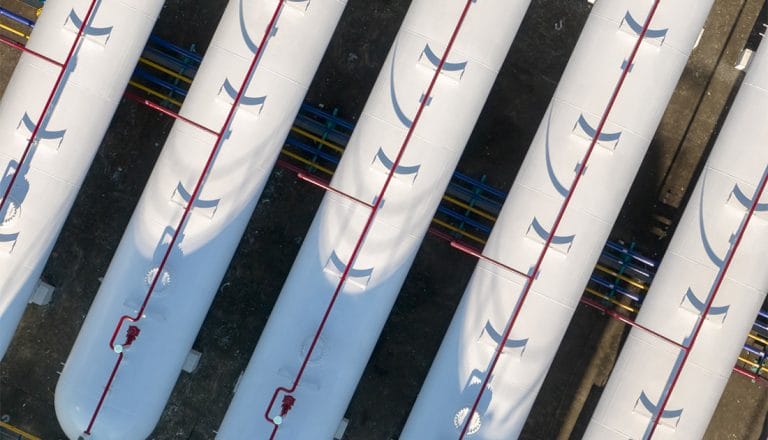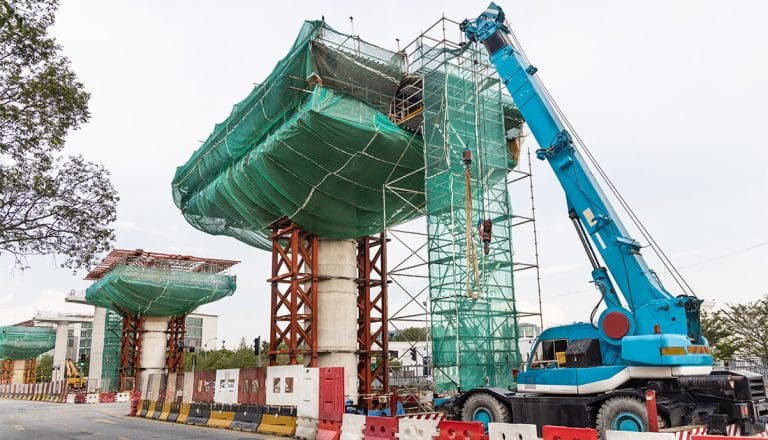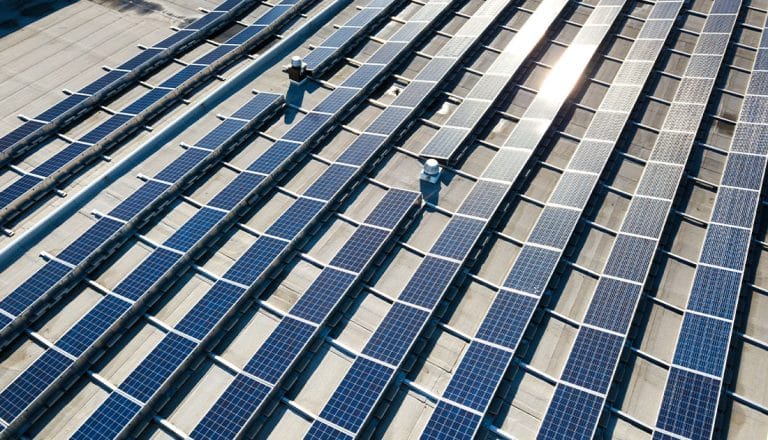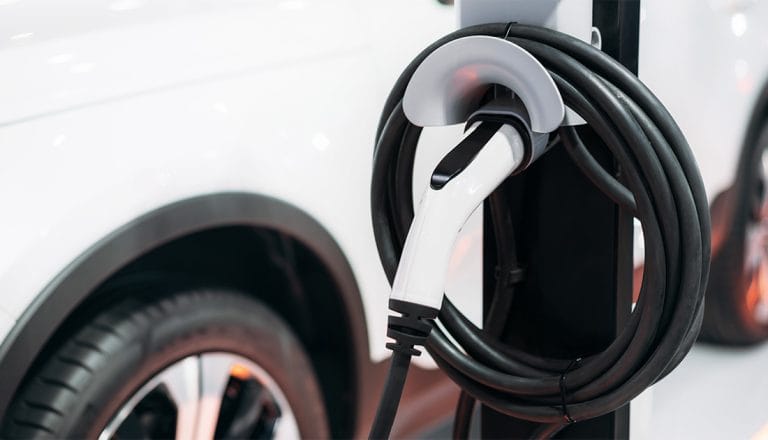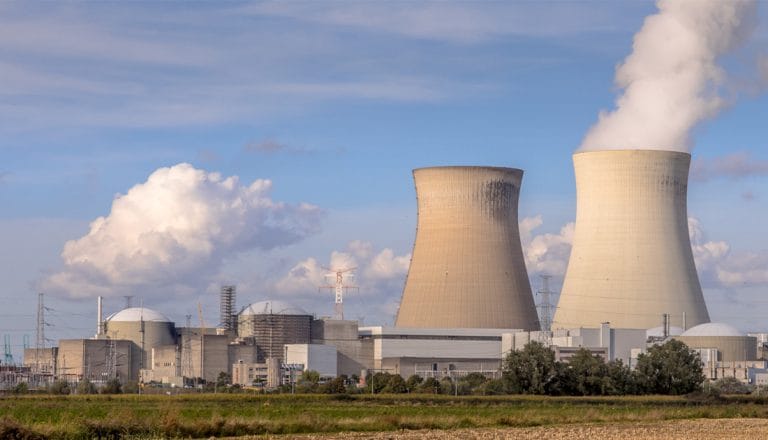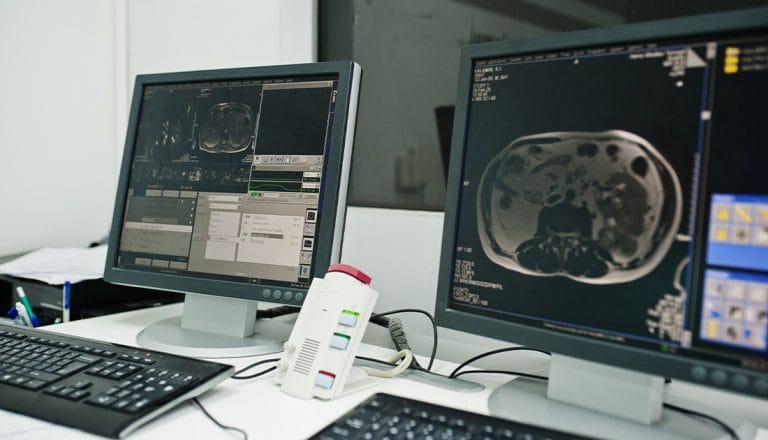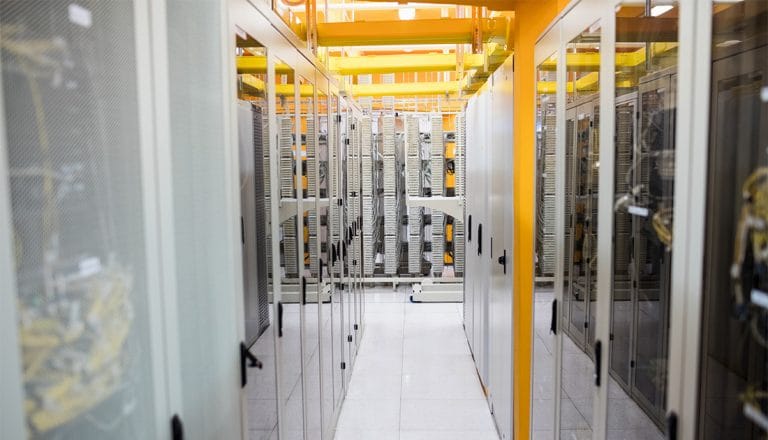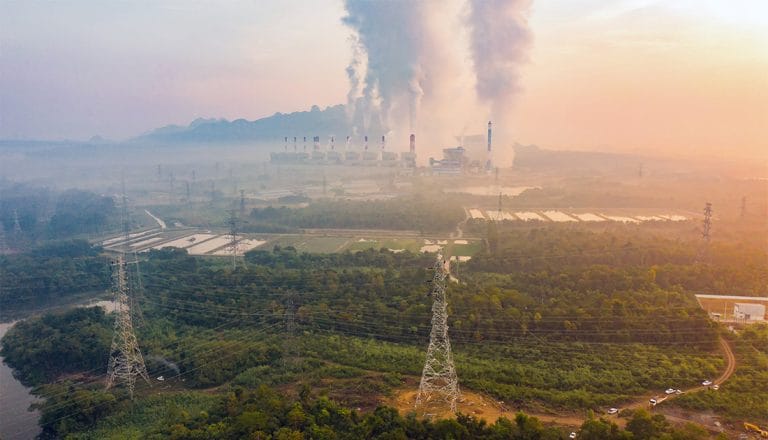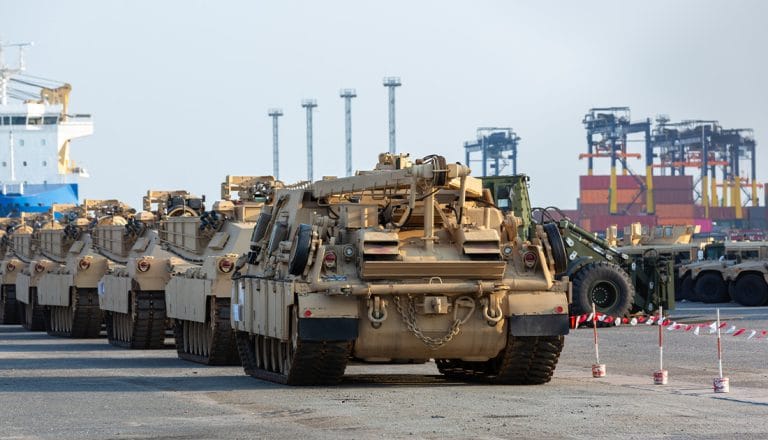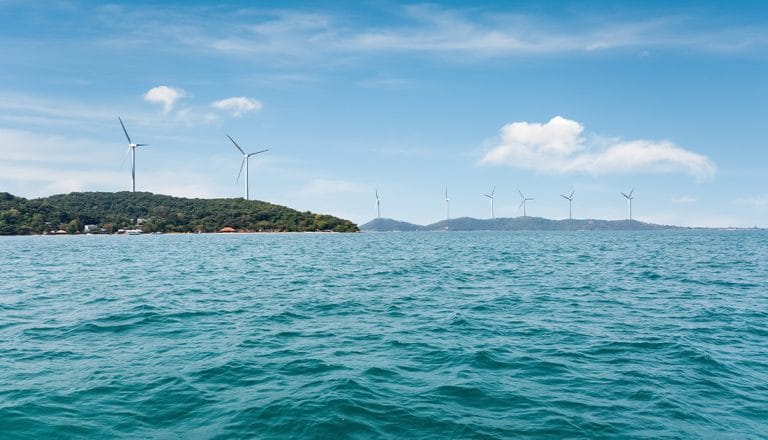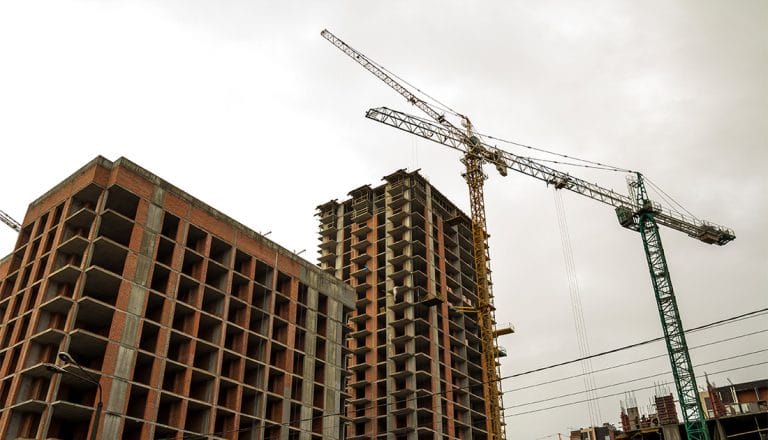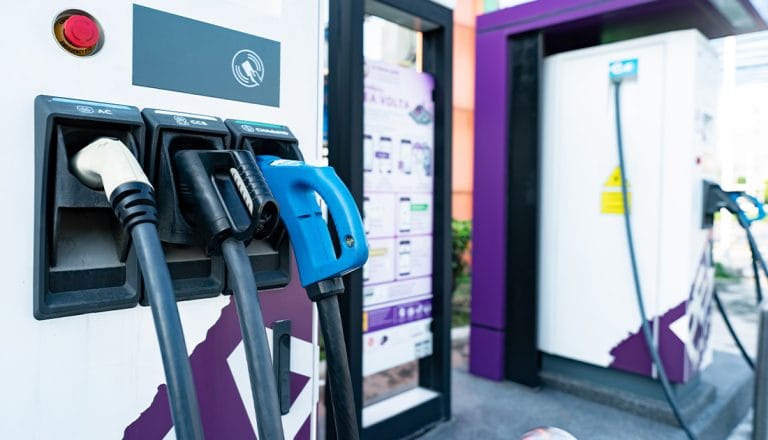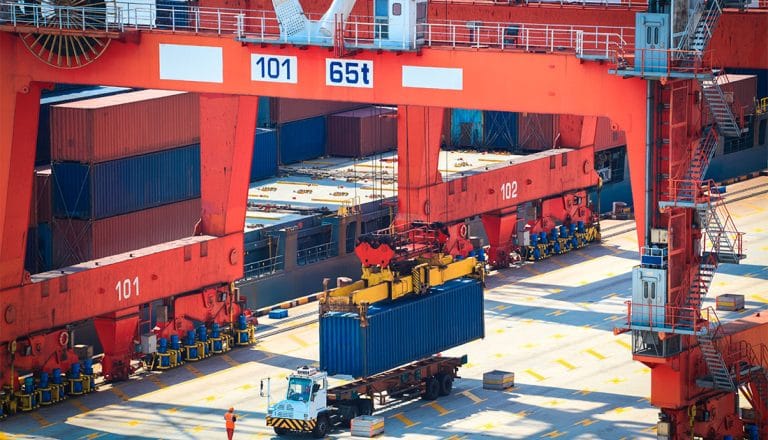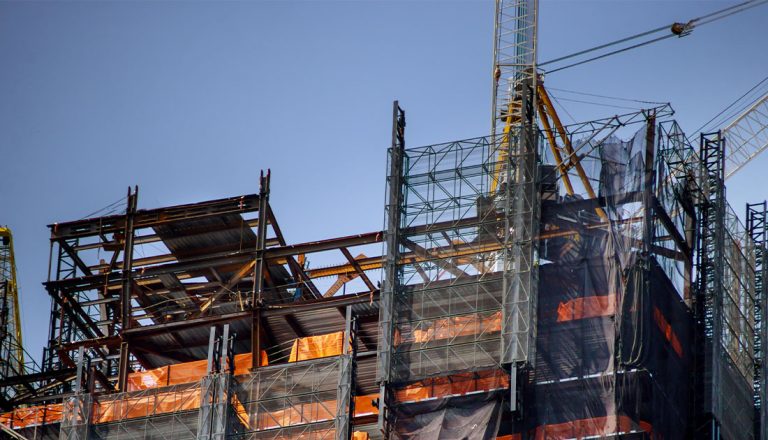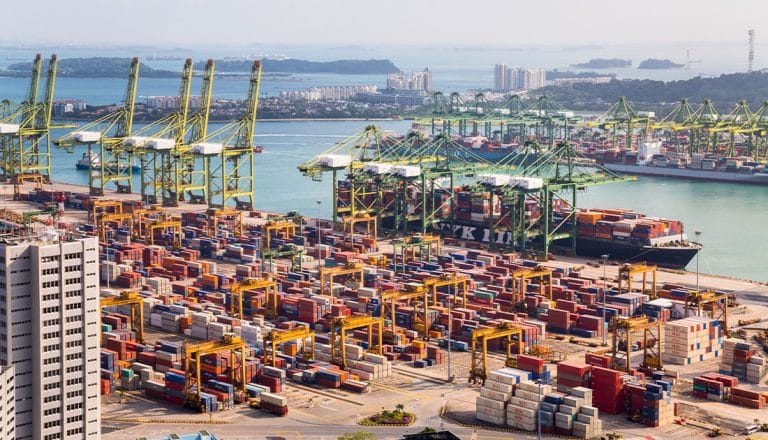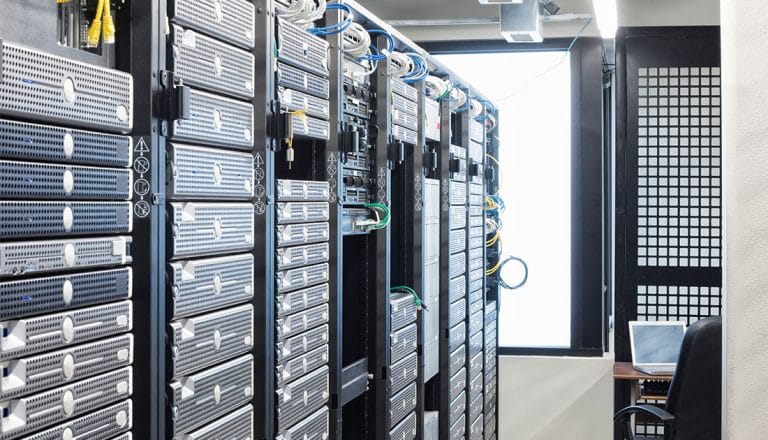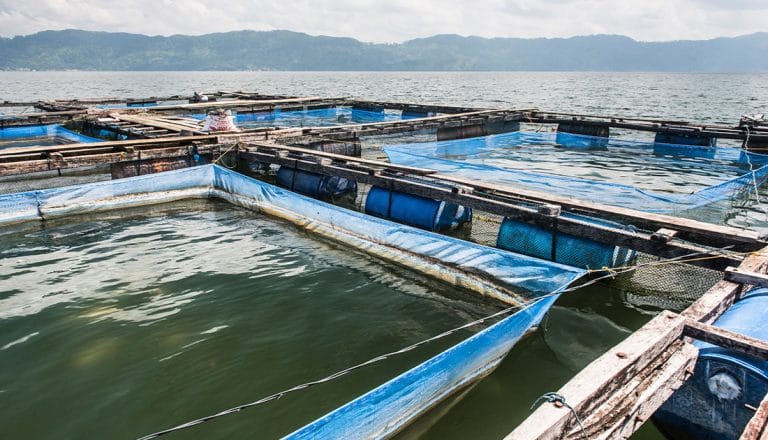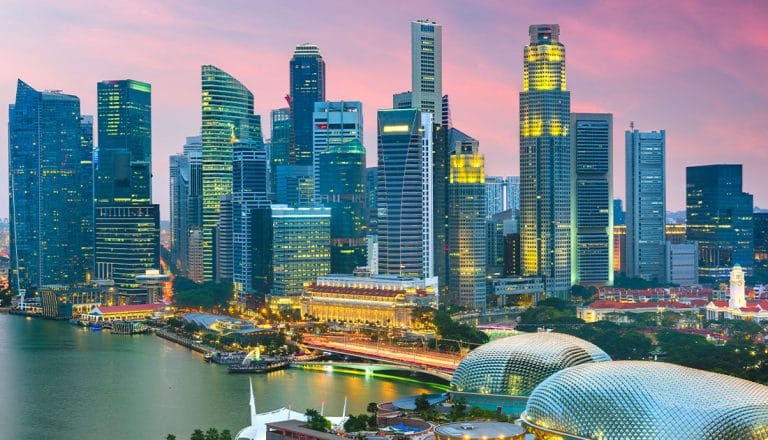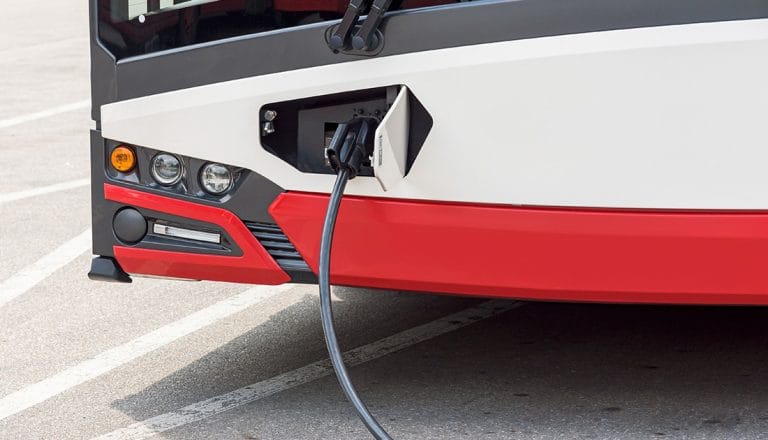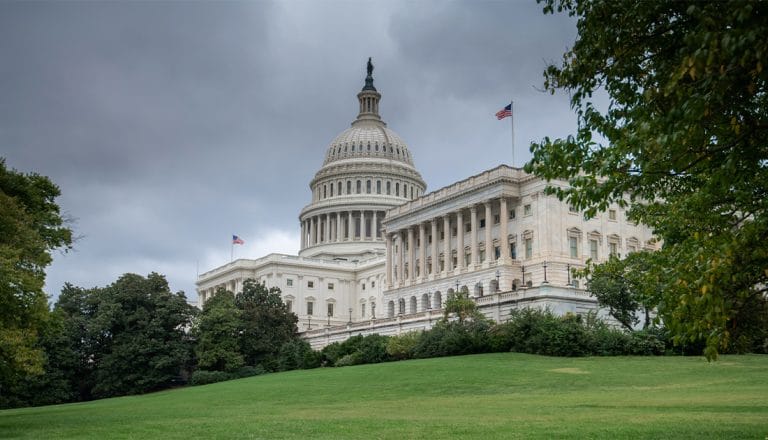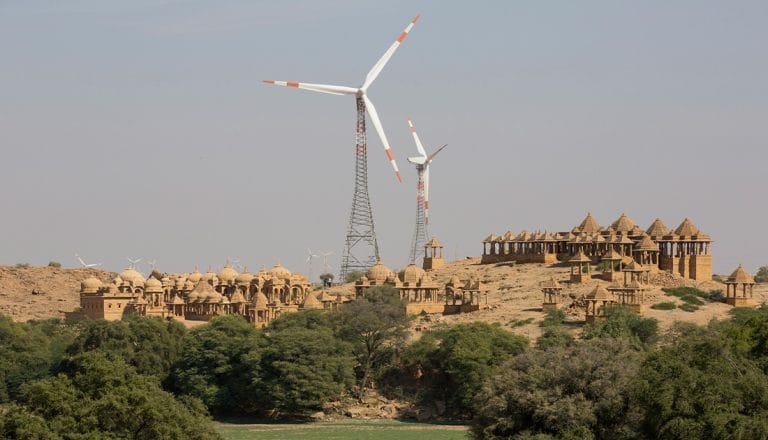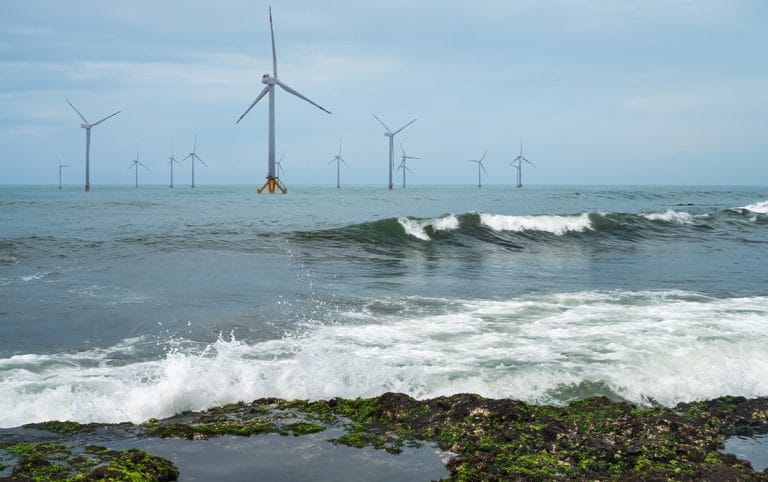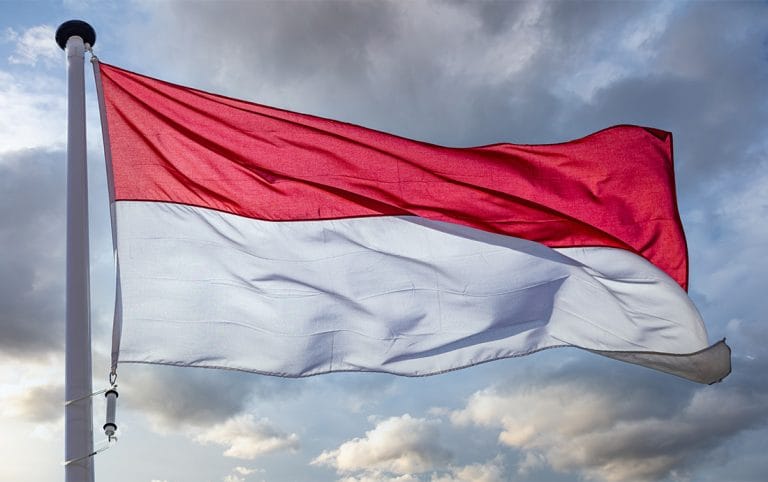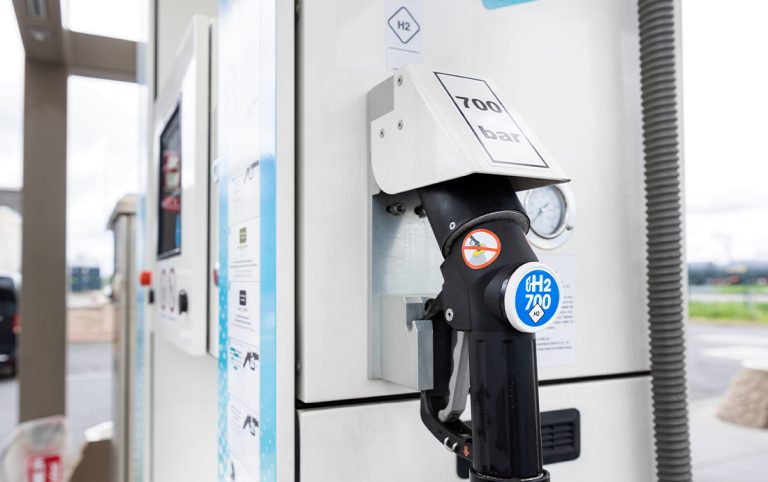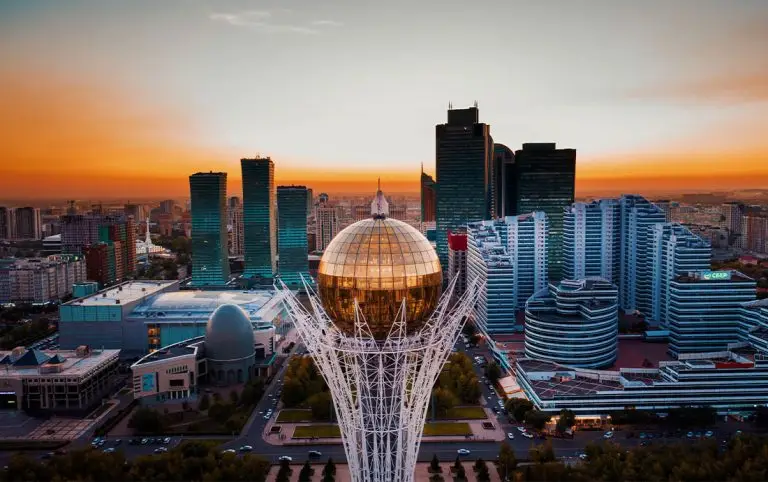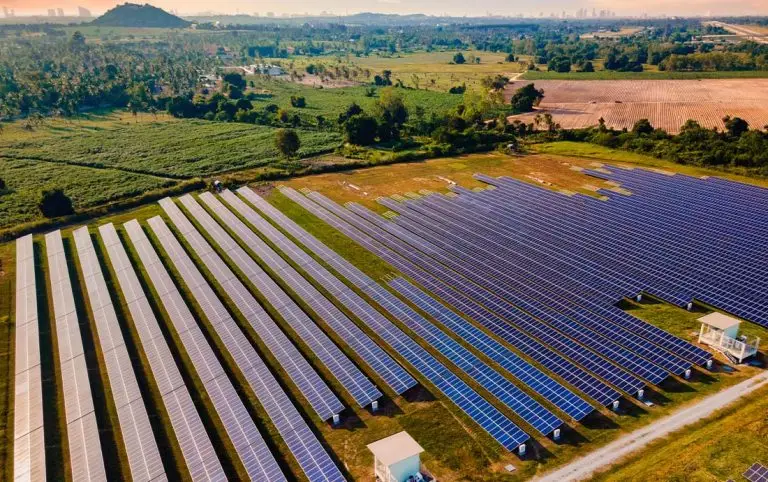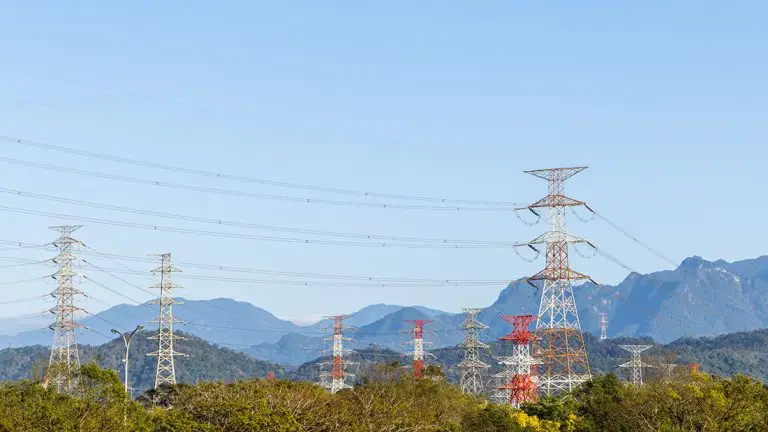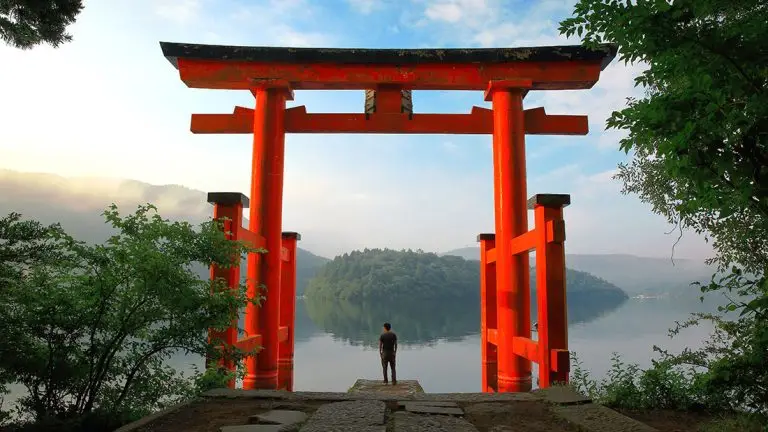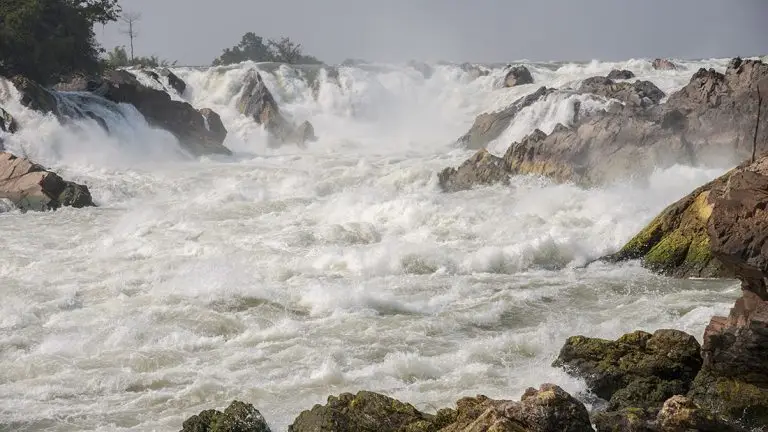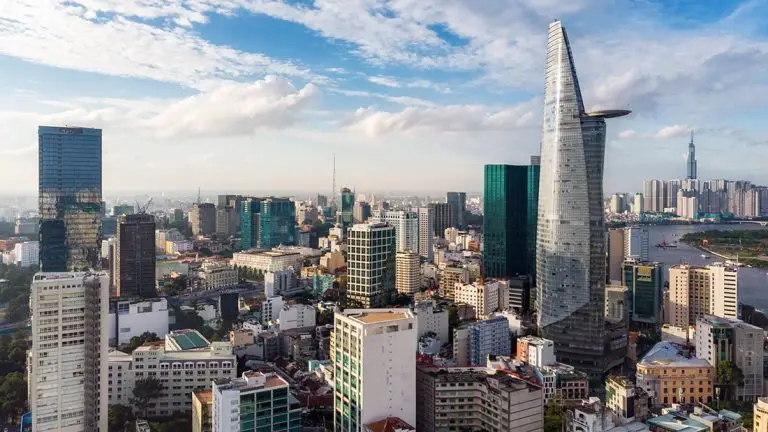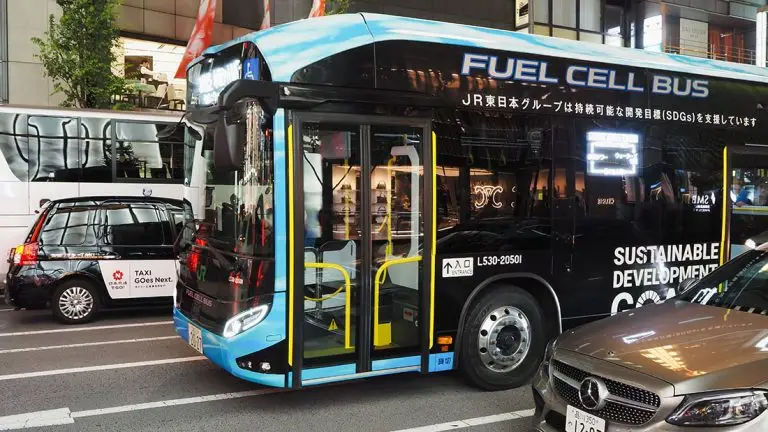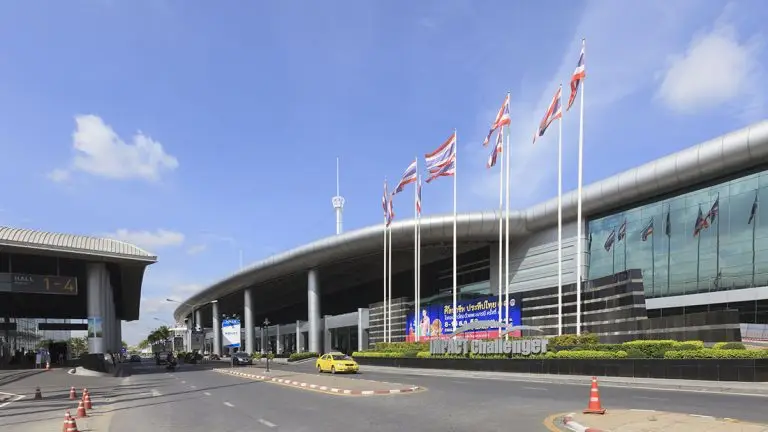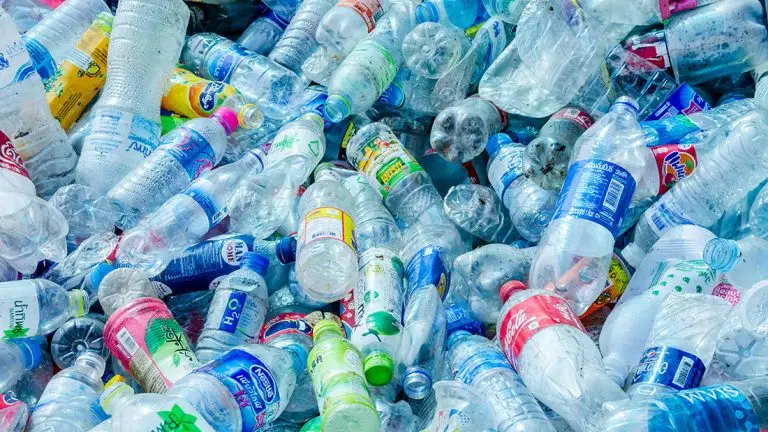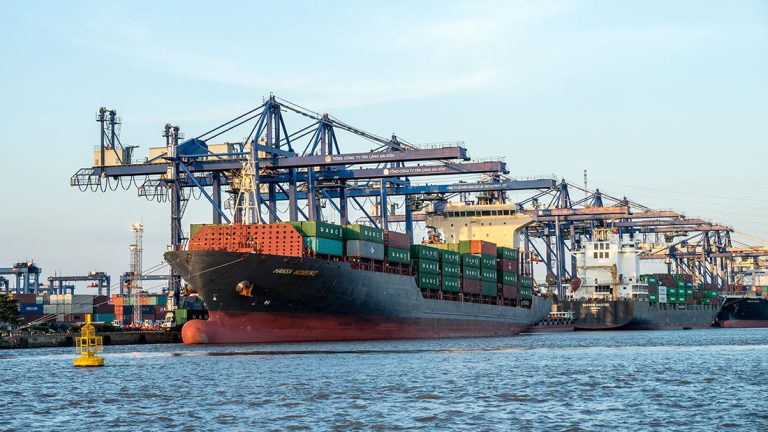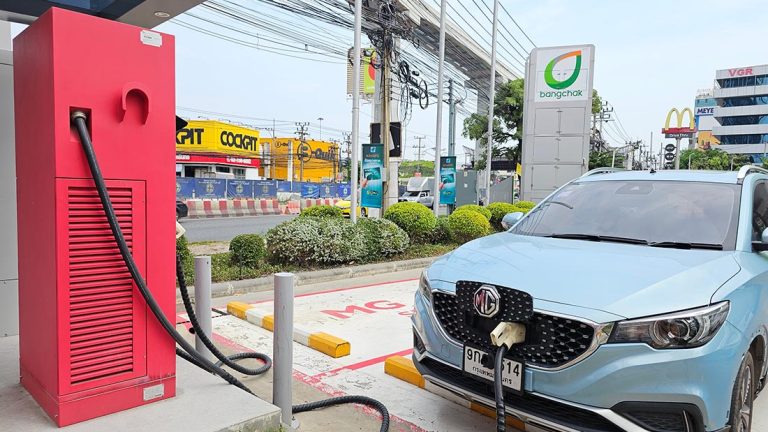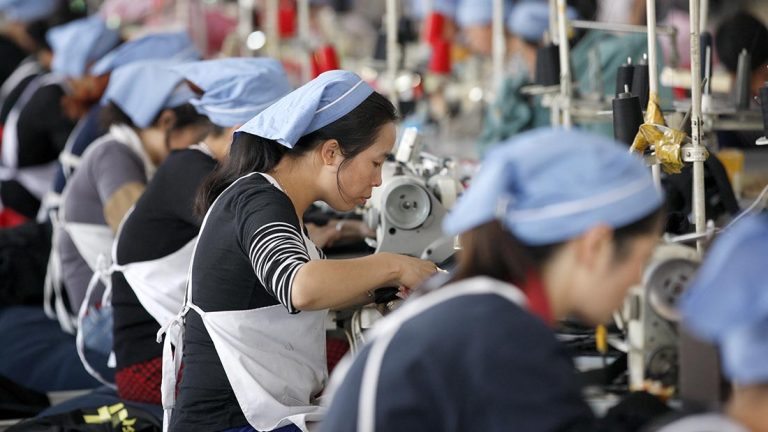- President Ferdinand R. Marcos Jr. recently signed the Philippine National Nuclear Energy Safety Act into law which included the creation of an independent regulator
- The Philippines has created a nuclear energy roadmap that calls for two power plants to be in operation by 2032
- The country is aiming to produce upwards of 4,800 MW from nuclear sources by 2050
The Philippines believes nuclear energy can solve a major challenge. With the country needing to produce more power while reducing emissions, the government views it as a way to accomplish both goals. Progress was recently made when the Philippine National Nuclear Energy Safety Act was signed into law. However, an infamous failed nuclear project still looms large in the public’s mind. Asian Insiders Partner in the Philippines, Germain Thomas, shares insights on the current situation and potential opportunities.
The Philippines’ first attempt to develop a nuclear energy facility dates back to the 1970s. The Bataan Nuclear Power Plant was beset by issues during the planning and construction phases, taking nearly eight years to complete. Even then, the project would never come online.
Concerns over the safety of nuclear facilities were heightened in the aftermath of the Chernobyl disaster, which happened shortly before operations at the Bataan Nuclear Power Plant were due to start. In the 40 years since, it has been maintained but remains empty.
A few attempts to revive the project ultimately went nowhere for various reasons, including pushback from local residents and worries over the cost. And while the future of the Bataan Nuclear Power Plant remains uncertain more than 40 years after it was expected to be commissioned, nuclear energy may yet still have a role to play in the Philippines.
The Philippines unveiled its Nuclear Energy Roadmap at the 68th International Atomic Energy Agency in late 2024. The Department of Energy (DOE) outlined its ambitious goals, which included having two nuclear power plants operational by 2032. Overall, the roadmap aims to produce 4,800 MW from nuclear sources by 2050.
A needed change, but more needed
Overseeing efforts is the Nuclear Energy Program – Inter-Agency Committee (NEP-IAC). It is headed by the DOE and features widespread government involvement to ensure all issues are addressed thoroughly.
This acknowledges the reality that nuclear power can tackle energy challenges, but robust safety and security will also be required. This includes the creation of an independent nuclear regulatory authority in addition to legislation on nuclear safety and various connected issues.
That hurdle was recently cleared when President Ferdinand R. Marcos Jr. signed the Philippine National Nuclear Energy Safety Act into law. It included the creation of the Philippine Atomic Energy Regulatory Authority (PhilATOM). The body has exclusive jurisdiction over nuclear energy regulation. Additionally, it established safeguards and covers a number of key areas.
More progress in other aspects of nuclear deployment is still required. The International Atomic Energy Agency has identified 19 infrastructure issues that the country must remedy. The NEP-IAC has established subcommittees to explore collaborative solutions.
Successfully building up this framework and developing nuclear energy capabilities will enable the country to transition away from coal, which currently makes up nearly half of its total installed power generation capacity.
Overall, electricity demand could rise threefold by 2040 in the Philippines. Investment in renewables is a priority and will continue to be so, but nuclear power is seen as a way to reduce its dependence on coal and other fossil fuels while meeting domestic electricity needs.
Big or small?
As the country works to build up the necessary regulations and infrastructure to make nuclear energy possible, another question must also be answered: the size and scope of projects. The Bataan Nuclear Power Plant serves as a reminder of the huge costs and time needed to build traditional large reactors.
The Philippines appears to prefer small modular reactors (SMRs) or advanced nuclear reactors that can be factory-assembled. These are both cheaper and easier to install, even if they produce less power.
During a 2023 visit to the USA, President Ferdinand Marcos Jr. held a meeting with an American firm on the potential for SMRs in the Philippines. Meanwhile, Manila Electric Co. (Meralco) has already stated it is seeking foreign partners for SMR projects.
Foreign investment opportunities in the Philippines for nuclear energy
The Philippine National Nuclear Energy Safety Act being signed into law and the creation of PhilATOM allow for foreign enterprises to have confidence in the market. Next up for the country will be finding experienced and knowledgeable partners in a wide range of fields.
For instance, Meralco and France’s Electricité de France reached an agreement to look into the potential of nuclear energy deployment in the Philippines. The two-year pact also covers training sessions and the exploration of funding opportunities, two areas where the country has limited experience.
Looking ahead, the Philippine DOE is expected to start accepting applications for atomic energy projects next year. This will create demand for engineering firms, technology providers and energy companies with a track record of successful projects. Radioactive waste management and disposal are critical to the success of the country’s nuclear energy ambitions. Opportunities for overseas entities will be available across the space.
There is a strong desire in the Philippines to build up talent and technical proficiency which is a process that takes time. Several energy players are exploring opportunities for collaboration to develop skills and build knowledge.
Final thoughts
The Philippines is the furthest along in ASEAN when it comes to developing nuclear energy projects, making it an attractive option in the short term. A successful entrance can provide foreign businesses with a foundation for regional expansion as several other Southeast Asian countries have similar ambitions.
That being said, a successful entrance requires an understanding of the nuances found in the country’s energy sector. Notably, there are only a handful of players which makes partnership building critical.
Elsewhere, the government needs to address public concerns over nuclear energy. Work in this area has been uneven and previous attempts at developing nuclear power plants have been met with resistance. Bataan Nuclear Power Plant’s inability to become operational shapes sentiment as well.
On the other hand, the Philippine government remains committed to nuclear energy. There is real momentum behind current efforts, and the passing of the Philippine National Nuclear Energy Safety Act was a significant milestone.
To learn more about nuclear energy opportunities in the Philippines, please get in touch with Jari Hietala, Managing Partner: jari.hietala(at)asianinsiders.com or Germain Thomas, Partner in Malaysia and the Philippines: germain.thomas(at)asianinsiders.com





